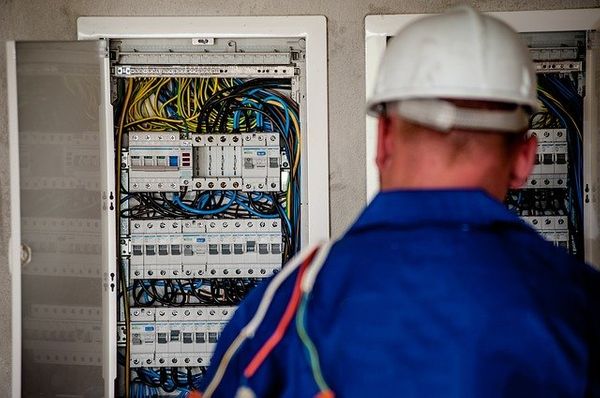At times, people get confused between contactors and relays and use these two terms interchangeably. This is because both of them are electrically activated switches used for switching of loads and controls. In the simplest of terms, a contactor is a relay, but a relay is not a contactor. This statement becomes easier to understand when it’s equated to the analogy of the moon being a satellite, but a satellite not being the moon.
In this article, we will understand the world of contactors and protection relays and their functioning.
What is a Contactor?
An electrical device, the contactor is utilized for turning an electrical circuit on or off. It is a standard relay that is employed for larger-scale applications. Contactors can be mounted easily and are usually compact. These devices contain several contacts, which help in providing operating power to the load when the contactor coil is energized.
A contactor has three critical components, which include:
- Electromagnet or Coil: This is considered to be the most critical part of a contactor. The coil or electromagnet provides the force that is necessary to close the contacts for functioning.
- Enclosure: As the name suggests, enclosures in the context of contactors provide protection and insulation to the contacts. These enclosures are usually made from materials like polyester, polycarbonate, nylon 6, and thermosetting plastics. Some contactors are fitted with an additional enclosure to protect them from dust, bad weather, and explosions.
- Contacts: This component has been mentioned a few times now, and it is responsible for carrying the current in the contactor. There are multiple types of contacts in a contactor, which include power contacts, contact springs, and auxiliary contacts.
The contactor has a simple operating principle. When the current flows through the contactor, it energizes the coil. This energized coilgenerates a magnetic field that causes the center of the contactor to move the armature. The circuit is completed when the normally closed (NC) contact allows the current to pass through the fixed and moving contacts to the load. When the current is removed, the electromagnet is de-energized, which opens the circuit. Contactors can handle larger loads because of the swift open and close action of the contacts.
What are Protection Relays?
A protection relay is a device that is responsible for sensing the abnormal condition of an electrical circuit. When an anomaly is detected, the protection relay closes its contacts and gives the tripping command to the circuit breaker for disconnecting the faulty element.
In a nutshell, a protection relay is a device that is used for detecting problems, especially in the nascent stages. It is also responsible for eradicating or decreasing the damage caused by the problems to the equipment and personnel.
Now, let’s take a look at how electrical problems develop over several stages and how protection relays can help in each of the situations.
- Step 1: When conductors are exposed to dust, moisture, chemicals, or persistent overloading, the insulation present in the conductor starts to weaken. When the damage is severe enough, it leads to an electrical fault. Advanced and sophisticated protective relays are capable of detecting problems by recognizing the minimal deviations in resistance, voltage, current, and temperature.
- Step 2: As the severity of the problem continues to increase, it leads to issues like overheating, insulation breakdown, and overvoltage. In such cases, protection relays offer greater and additional protection by detecting the faults at hand, which may help in preventing any damage from occurring.
- Step 3: At this point, the electrical problem has taken place and caused damage. In this scenario, the protection relay can only reduce the damage that has been caused.
Contactors and Protection Relays with Top-Quality Performance
It can be challenging to purchase such technical products without having the requisite knowledge. Hence, when you are in the market for contactors, you should approach professional retailers who possess in-depth knowledge about such electrical products. They will understand your requirements and help you purchase the tools that will help in protecting your personnel and the equipment.


